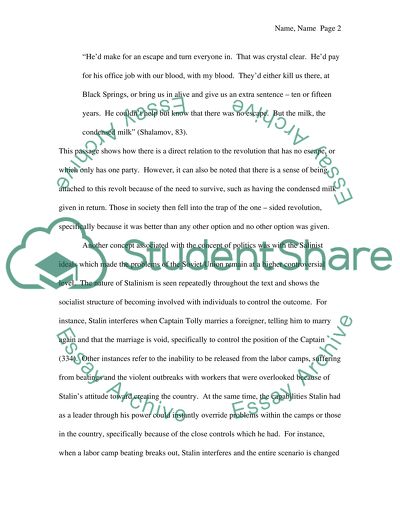Cite this document
(Kolyma Tales by Varlam Shalamov Book Report/Review, n.d.)
Kolyma Tales by Varlam Shalamov Book Report/Review. Retrieved from https://studentshare.org/history/1414381-analysis-on-book-by-varlam-shalamov-kolyma-tales
Kolyma Tales by Varlam Shalamov Book Report/Review. Retrieved from https://studentshare.org/history/1414381-analysis-on-book-by-varlam-shalamov-kolyma-tales
(Kolyma Tales by Varlam Shalamov Book Report/Review)
Kolyma Tales by Varlam Shalamov Book Report/Review. https://studentshare.org/history/1414381-analysis-on-book-by-varlam-shalamov-kolyma-tales.
Kolyma Tales by Varlam Shalamov Book Report/Review. https://studentshare.org/history/1414381-analysis-on-book-by-varlam-shalamov-kolyma-tales.
“Kolyma Tales by Varlam Shalamov Book Report/Review”, n.d. https://studentshare.org/history/1414381-analysis-on-book-by-varlam-shalamov-kolyma-tales.


